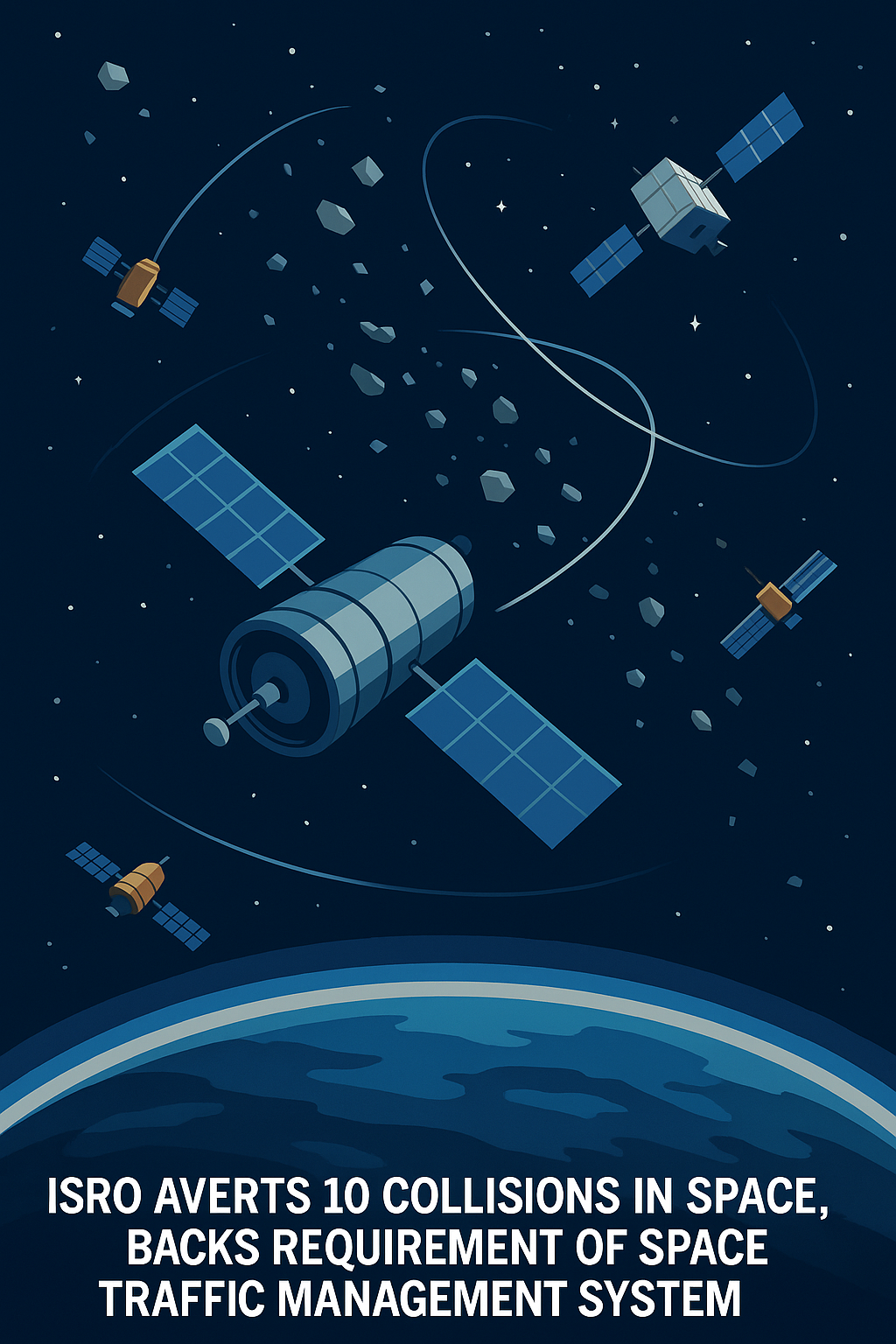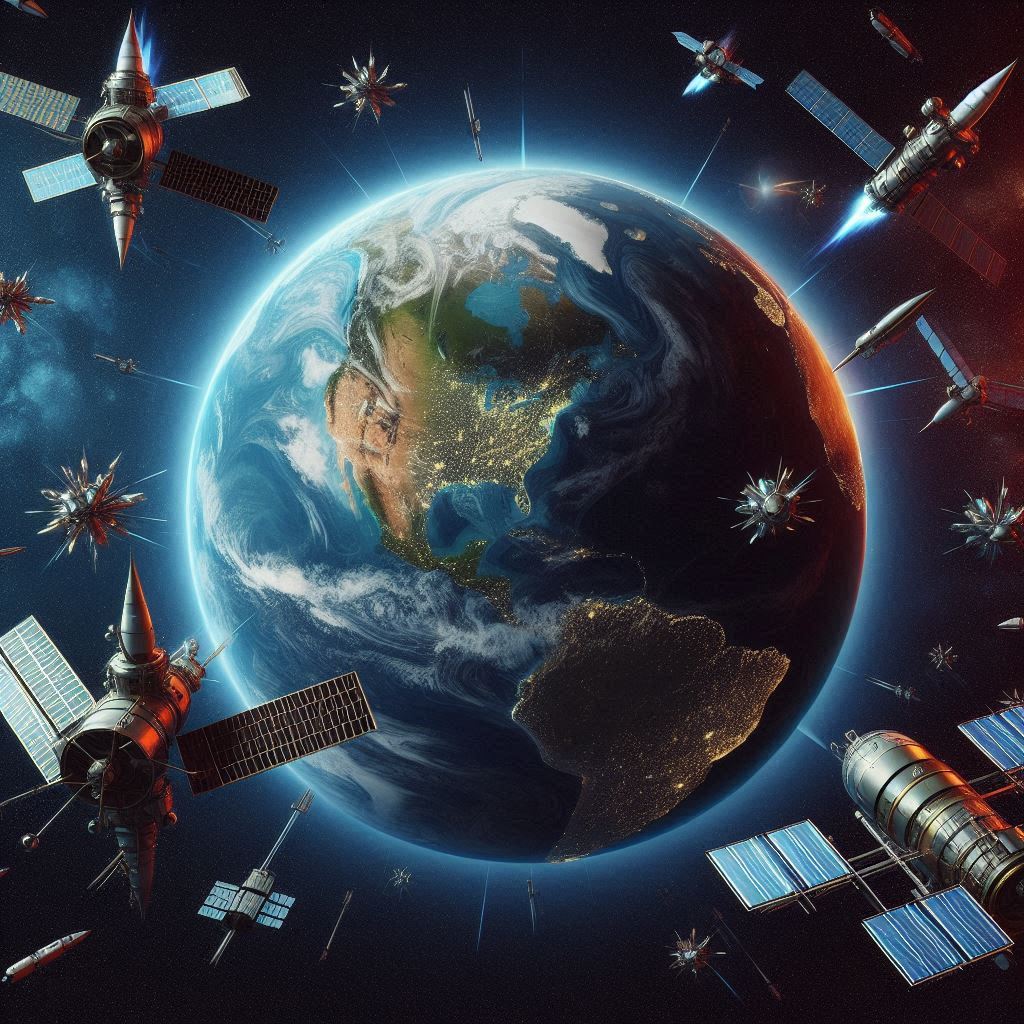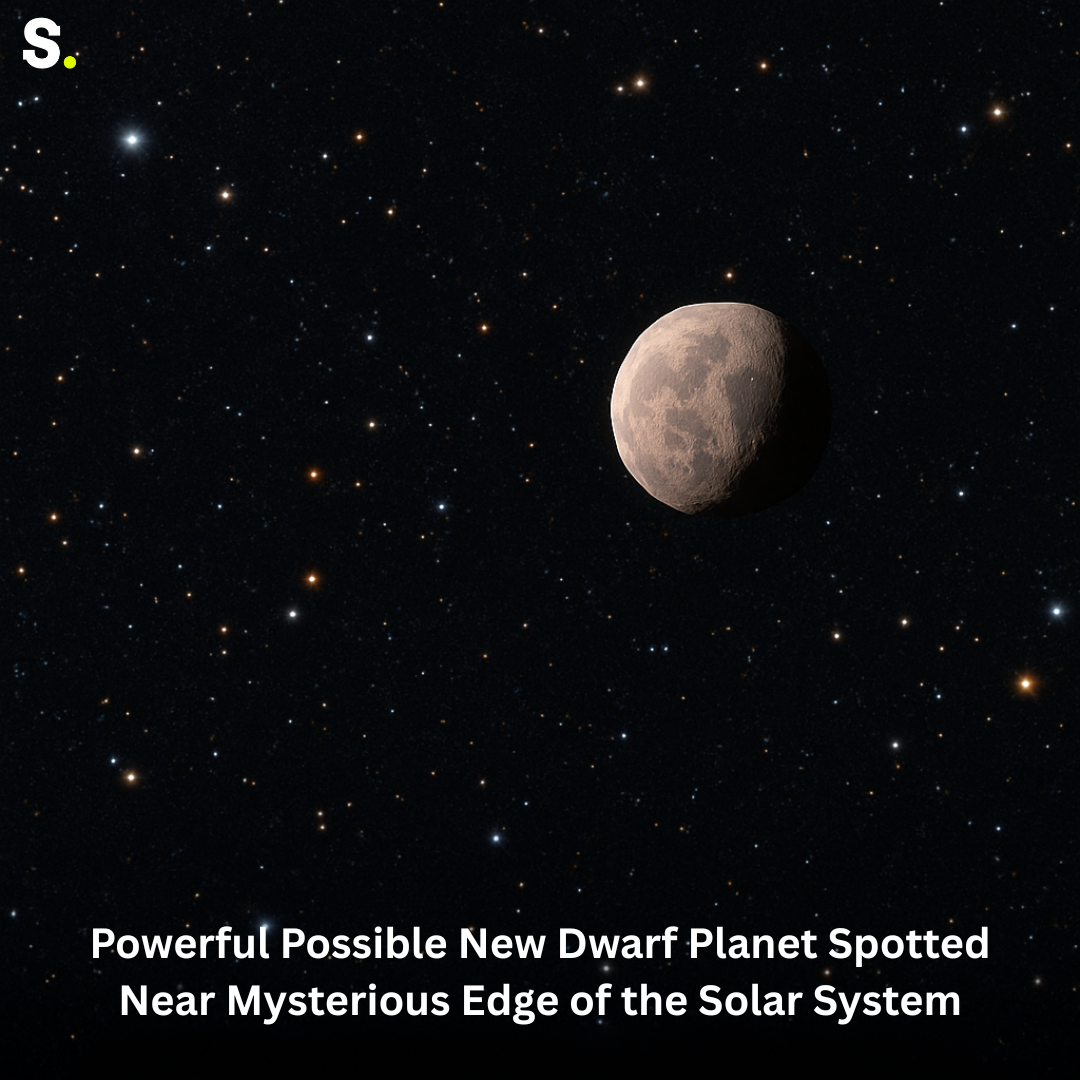In 2024, the Indian Space Research Organization (ISRO) managed to stop 10 dangerous collisions from happening in space. These were not just close calls—they could have caused serious harm to valuable Indian satellites. ISRO used special moves called Collision Avoidance Maneuvers (CAMs) to shift satellites away from the path of possible crashes.
ISRO Successfully Avoids 10 Collisions in Space
The news comes from the Indian Space Situational Assessment Report (ISSAR), which ISRO released to share details of space safety activities. According to this report, six of these urgent moves were done for satellites in Low Earth Orbit (LEO) and four in Geosynchronous Earth Orbit (GEO). LEO satellites orbit closer to Earth, while GEO satellites stay high above one spot on Earth.
One of the space missions that required special attention was Chandrayaan-2. To avoid coming too close to NASA’s Lunar Reconnaissance Orbiter, ISRO carried out an orbit maintenance maneuver. These kinds of actions are important because any collision in space can destroy satellites, create dangerous debris, and affect communication or navigation services on Earth.
Alarming Rise in Space Congestion
ISRO highlighted that there is now a growing danger in space, especially in the LEO region. With more countries, private companies, and groups sending satellites into orbit, space has become very crowded. ISRO explained that new rideshare options and faster technology have made it easier to launch objects into space. However, this also means more chances for satellites to cross paths in dangerous ways.
Space Gridlock? China Rushes to Build the World’s First Space Traffic Police
The Combined Space Operations Center (CSpOC)—a multinational group that watches space traffic—sent ISRO over 53,000 alerts about possible close approaches in 2024. These alerts were carefully studied using ISRO’s own satellite tracking and flight data. Out of all these alerts, 10 situations were found to be serious enough to require actual maneuvers.
Apart from these 10 critical moves, ISRO also took action to adjust 89 other maneuver plans for LEO satellites. These changes were done to avoid creating any new risks after routine orbit corrections. Thanks to improved planning and analysis, ISRO was able to adjust many orbits in such a way that it did not need to perform separate CAMs for every risk.
Interestingly, ISRO reported that the number of CAMs in 2024 was lower than in the previous year. The reason was improved methods in tracking and analyzing possible threats. ISRO used better data and looked at a wider area of possible danger. This helped reduce the need for last-minute emergency moves and allowed the agency to avoid dangers with regular orbit maintenance itself.
Need for Space Traffic Management System
The increasing number of objects in space is now raising serious concerns. ISRO pointed out that the rise in space activity across the globe makes space a very busy place. The agency has stressed the need for a strong and active Space Traffic Management (STM) system. Without such a system, it becomes harder to keep track of everything flying above us.
Space Traffic Management is similar to how air traffic control works for airplanes. Just like air controllers help avoid mid-air collisions, STM would help monitor, plan, and guide the movement of satellites and other objects in space. With thousands of satellites already in orbit and more being added each year, keeping space safe is becoming a major challenge.
U.S. Fires Pancake Satellites from Giant Space Cannon—China Freaks Out!
ISRO believes that it is very important for different space agencies and organizations to work together. Managing space traffic cannot be done by one country alone. ISRO stated that a proper collaborative system is needed so that everyone can share data and coordinate better. Only then can future dangers be handled efficiently and safely.
At present, India operates 22 satellites in LEO and 31 satellites in GEO. Each of these satellites plays a key role in communication, Earth observation, weather forecasting, and navigation. In 2024, India also carried out five successful launches from the Sriharikota space center. All these missions reached their intended orbits without any problems.
As space becomes more crowded, even small objects can become major threats. Tiny pieces of broken satellites or old rocket parts can travel at very high speeds and damage functioning satellites. That is why avoiding even the smallest risk is very important.
By using advanced planning and fast response, ISRO has once again shown its ability to keep India’s space assets safe. The agency’s report makes it clear: keeping space safe is now a full-time job.




